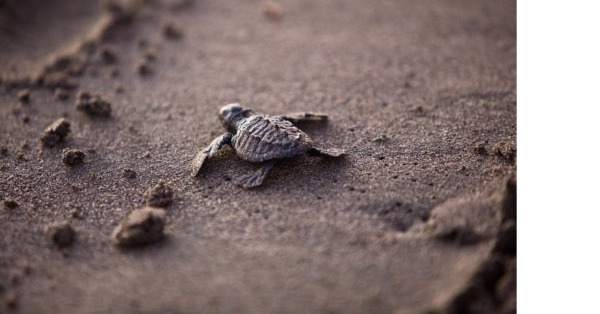|
.
|
Anxiety, Panic and Survival
Striving to 'Be', to Exist, as Best we Can

Carl Rogers, perhaps one of the most influential psychologists in American history, founder of the Humanistic Psychology movement, based his client-centered
therapy approach on the concept that everything in life strives to 'be', to exist as best they can, given their circumstances. In his book, 'A Way of Being',
he describes one of his boyhood memories, that, to him, clearly demonstrates this 'drive to exist' in all things.
The family used to store their winter's supply of potatoes in the basement, in a bin that was several feet below a small window. The conditions were unfavourable,
but the potatoes would begin to sprout – pale white sprouts, so unlike the healthy green shoots that they sent up when they were planted in the soil in
spring. These sad, spindly sprouts would grow two or three feet in length as they reached toward the distant light of the window.
To Rogers, these sprouts that
would never mature and never become plants were striving to become. In their futile, bizarre growth they were fighting to survive and flourish, even under the most
adverse circumstances(1).
|
.
|
Anxiety:
"A state of uneasiness or tension caused by apprehension of possible misfortune, danger etc." and to
be anxious is to be "worried and tense."
Panic:
"Sudden overwhelming feeling of terror or anxiety."
Survive:
"To continue in existence."
(The Collins English Dictionary)

Anxiety
Panic and Panic Attacks
Nervousness, Anxiety, Panic
Anxiety, Panic and Survival
Fight-or-Flight
Panic Disorder

Books:
Help for Anxiety Books
Free Anxiety eBooks


More Resources:
The Biology of Fear and anxiety-Related Behaviours – NCBI – NIH

References:
1. Rogers, C. R. A Way of Being (1995 New Ed edition). New York: Houghton Mifflin Books. p. 118>
2. Yonas, A. (1981) Infants' Responses to Optical Information for Collision. In Development of Perception: Psychobiological Perspectives,
Vol, 2: The Visual System (Eds. R. N. Aslin, J. R. Alberts and M. R. Peterson). New York: Academic Press
|